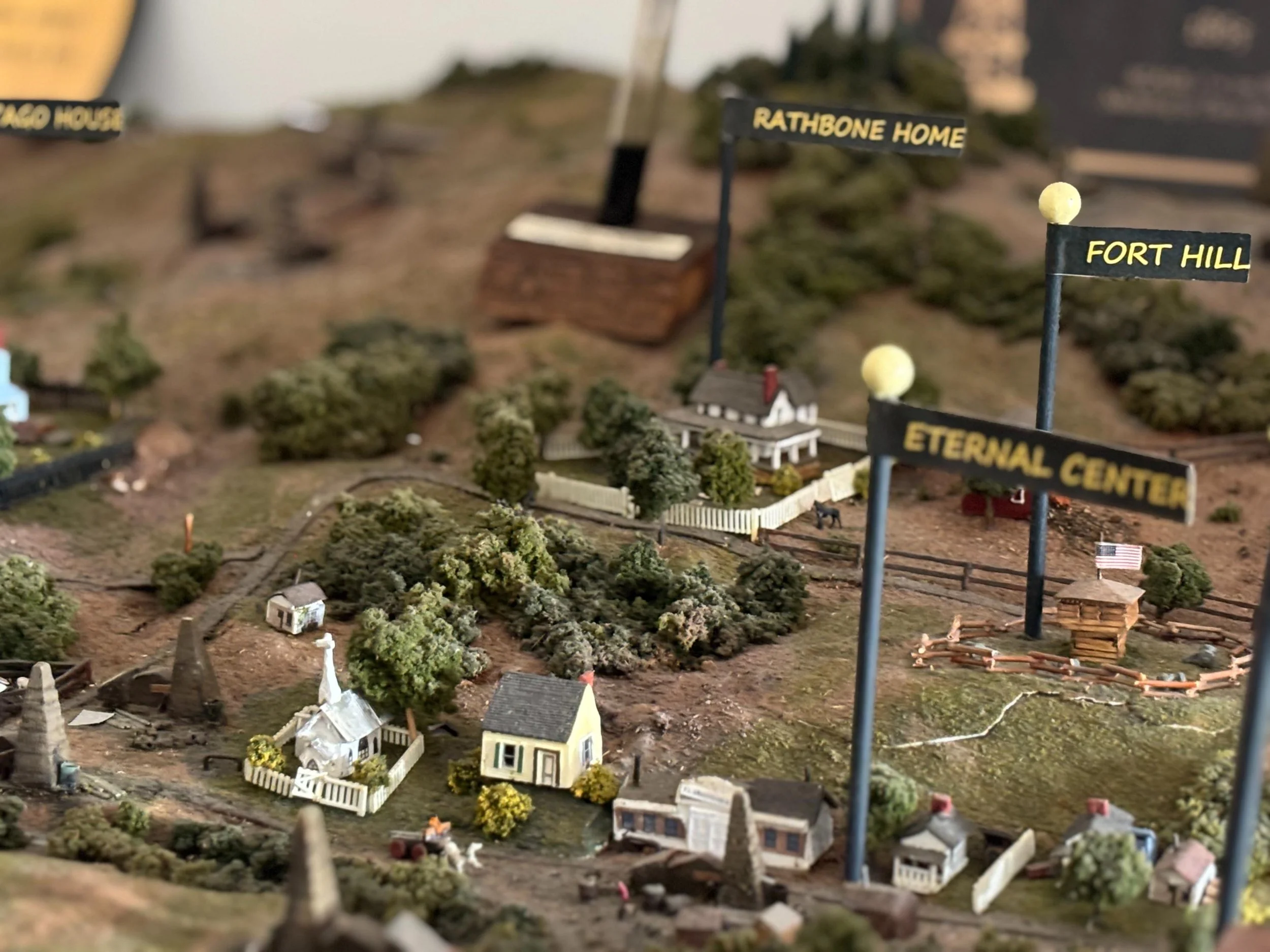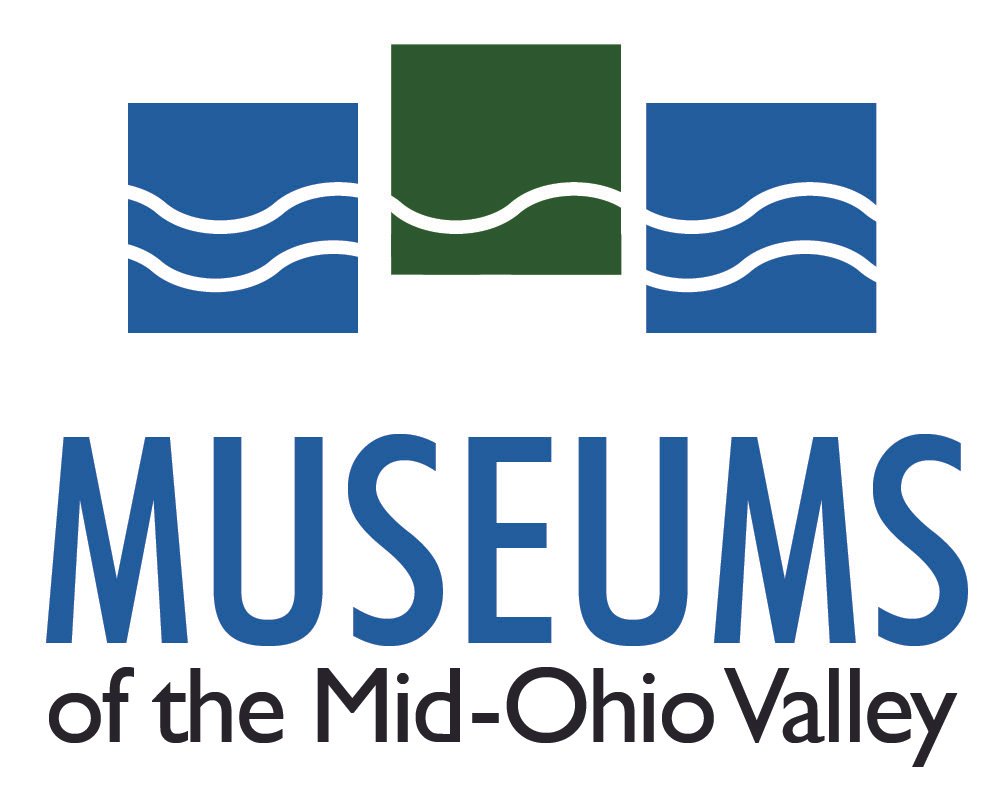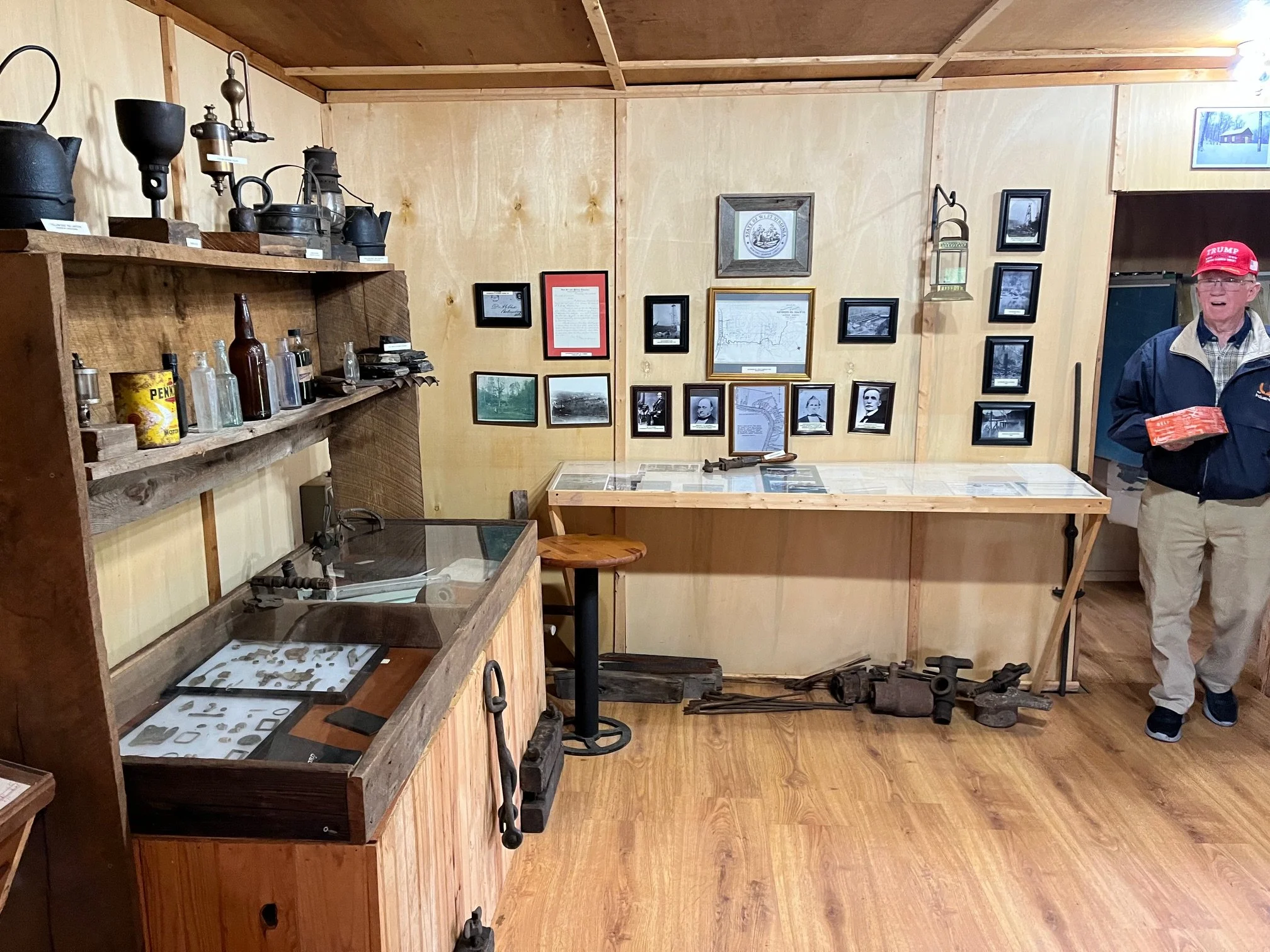
From salt wells to black gold
Burning Springs
Burning Springs began as Native American territory before European settlers arrived in 1772. What started as failed salt well attempts in the 1830s and 1850s turned into West Virginia's first major oil discovery when the Rathbone brothers struck black gold in 1859. Their famous well produced 500 barrels per day, sparking an oil rush that transformed a wilderness into a boomtown of 10,000 people almost overnight.
But the Civil War brought disaster in 1863 when Confederate troops burned the entire operation, setting the Little Kanawha River ablaze for miles. Despite this setback, the oil industry here persevered and continued producing well into the late 1800s.

Location & Hours:
Located in Wirt County on Rt. 5 outside of Elizabeth, approximately one hour from both Parkersburg and Marietta (Open directions)
Phone: (304) 485-5446
Hours: Park open daily. Museum open by appointment only.
Have more questions? See our FAQ section below or contact us.
Visiting Burning Springs

Frequently Asked Questions
-
Located along the scenic Little Kanawha River, the wooded grounds of 31-acre Burning Springs Park include the Burning Springs Museum, site of the restored Rathbone Well, the world's oldest extant oil-well.
-
Use the Mineral Wells exit of Interstate 77 and go toward Elizabeth on WV Rt 5. You can’t miss it!
-
After this disaster at Burning Springs, it was thought that the oil industry may be over here. However, the Rathbones and some other families persevered and had more growing success. The Rathbones eventually sold out in 1865 for $400,000. Hundreds more wells were drilled within the next few decades. A great deal of oil was still produced at Burning Springs until the late 19th century. And yes, some oil is still produced today in some remaining wells.
-
You can support Burning Springs Museum through financial donations and/or volunteering your time. Your contribution helps us preserve this nationally significant site where America's oil industry began, maintain our exhibits and grounds, and continue sharing this remarkable story with future generations. Learn about specific volunteer opportunities or make a secure donation online.









